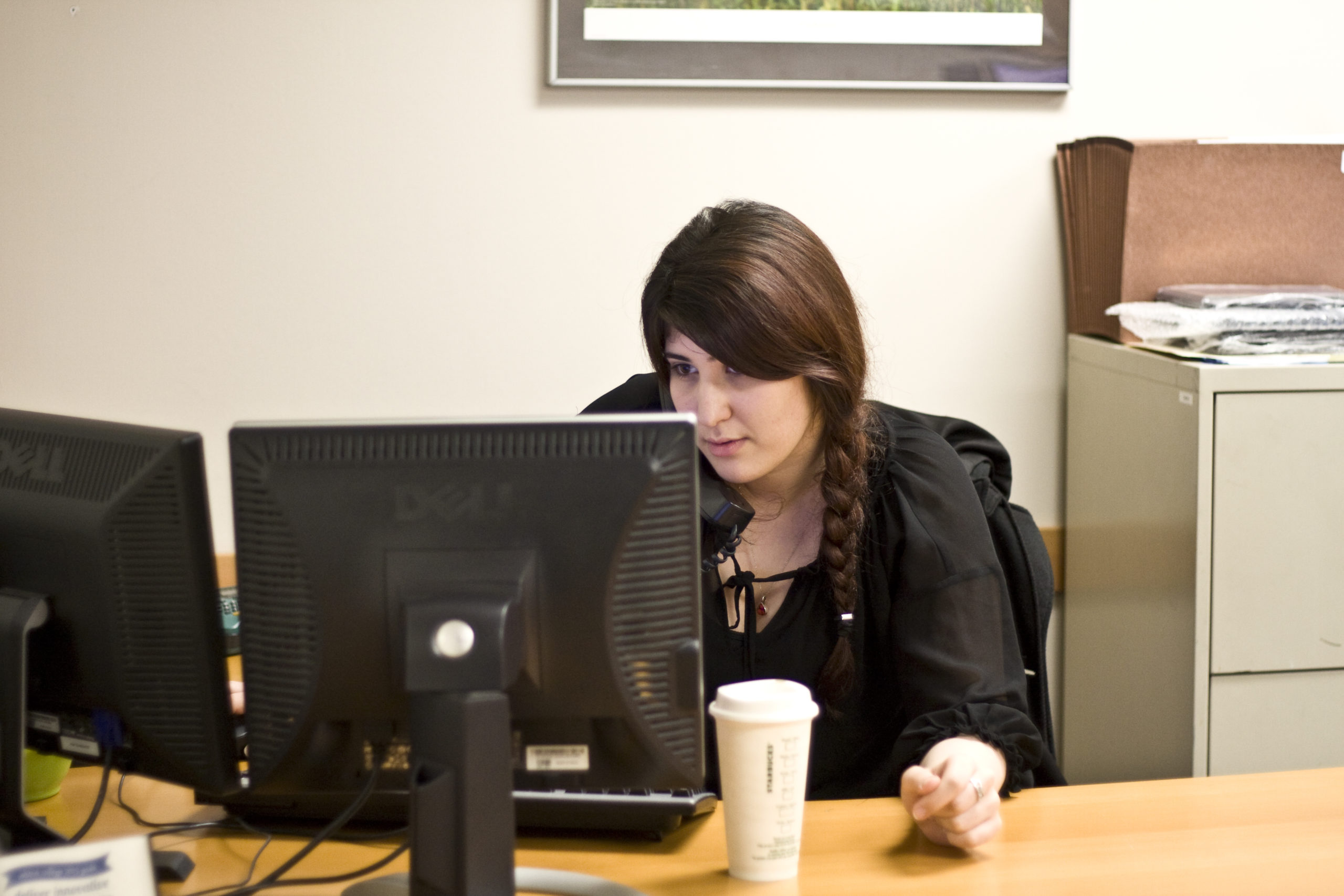Enter your email below to receive weekly updates from the Ashton College blog straight to your inbox.
By: Alex Nikotina
Published On: October 8, 2016Most businesses communicate through email, and many interactions with business partners, clients and management happen exclusively over email. In the age where technology and instant messages are so prevalent, we sometimes forget about the importance of email etiquette.

Good communication skills are essential skills to have. Being able to communicate successfully in both written and verbal formats can prevent a lot of workplace problems and miscommunication. That being said, some mediums of communication may be trickier than others.
Phone etiquette and interpersonal communication between coworkers are, perhaps, the easiest to navigate. Face-to-face communication provides you with social cues and/or tones, which make it easier to assess the situation and respond appropriately.
Written communication is when it becomes more difficult. Our society is becoming so used to texting and instant messaging that many people forget about the proper email etiquette and revert to communicating through emails as they would through text messages.
To help you communicate effectively, Ashton College put together a set of tips to ensure you keep your emails at a professional level.
Subject line helps the receiver understand what the main message of the email is. In a professional environment people are likely to receive multiple emails a day, so the title of the email becomes important at catching someone’s attention and ensuring that important messages are attended to right away.
Professional emails start with a proper greeting and finish with a signature block. Address the person you are writing to by their name and use an appropriate salutation. Generally speaking, “Hello” or “Good morning” are more appropriate to use than their less formal counterparts. Remember: personal or less formal emails are fine with friends or close colleagues, but can cause some confusion when used in business correspondence with clients or management.
Using a signature block at the end of the email tells a person a little more about you, your organization and your role. Generally, the signature block would contain your name, title, the organization you work for, and your contact information (phone number, email, social media links). This information is especially helpful if you are emailing someone for the first time.
You don’t have to respond to emails immediately, but you shouldn’t take weeks to get back to them either. The average email response time is within 24 to 48 hours of receiving the email. If you are out of the office for a while, make sure you leave an automated response that would let the sender know why you are delaying the response and who he/she can contact if the matter is urgent.
Email communication in a work or business environment requires you to maintain a level of professionalism throughout the conversations, especially in the email interactions. Emails are written confirmations of your words, so think twice before sending an angry email to your coworkers. Try to be polite and informative in your conversations. If you feel that the email interaction is escalating and there is a high chance of miscommunication, use a different medium to communicate with that person (try calling them or set up a face-to-face meeting).
One of the biggest pitfalls with email as a form of communication is the loss of tone. The subtle in flexes in everyday speech which convey sarcasm and humour are lost on the screen, and can even be construed incorrectly by the recipient of the email.
This is especially true when the author of the email is not careful about his/her punctuation or capitalization. Avoid using multiple exclamation points, smiley faces and sporadic capitalization, as it can appear unprofessional in a work email. Same is applicable to the use of abbreviations: while they may be helpful to better convey humour or sarcasm, they often seem too personal and unprofessional when used in official communication.
Emails are supposed to be clear and effective. Although long detailed conversations are acceptable over emails, no one gets excited to read and reply to long essays at work. Try to keep your emails precise and on point. If you feel that your email becomes too loaded or has several important details you would like to discuss, it is better to pick up the phone or set a one-on-one meeting.
On the other hand, curt or overly brisk email responses can come across as rude or rushed. You should never reply to an email with a one-word response, even if the proposed question permits it. It is also never okay to write the whole email in the subject line and leave the body blank, no matter how brief the email will be.
It is always a good idea to spell-check your email before sending it out. You should also read through the email to make sure that it reflects the meaning and the message that you would like to convey. Will the recipient understand what you are trying to say?
Remembering these simple steps can help you maintain professionalism through the email medium, and help you become a more successful communicator.

View All Comments